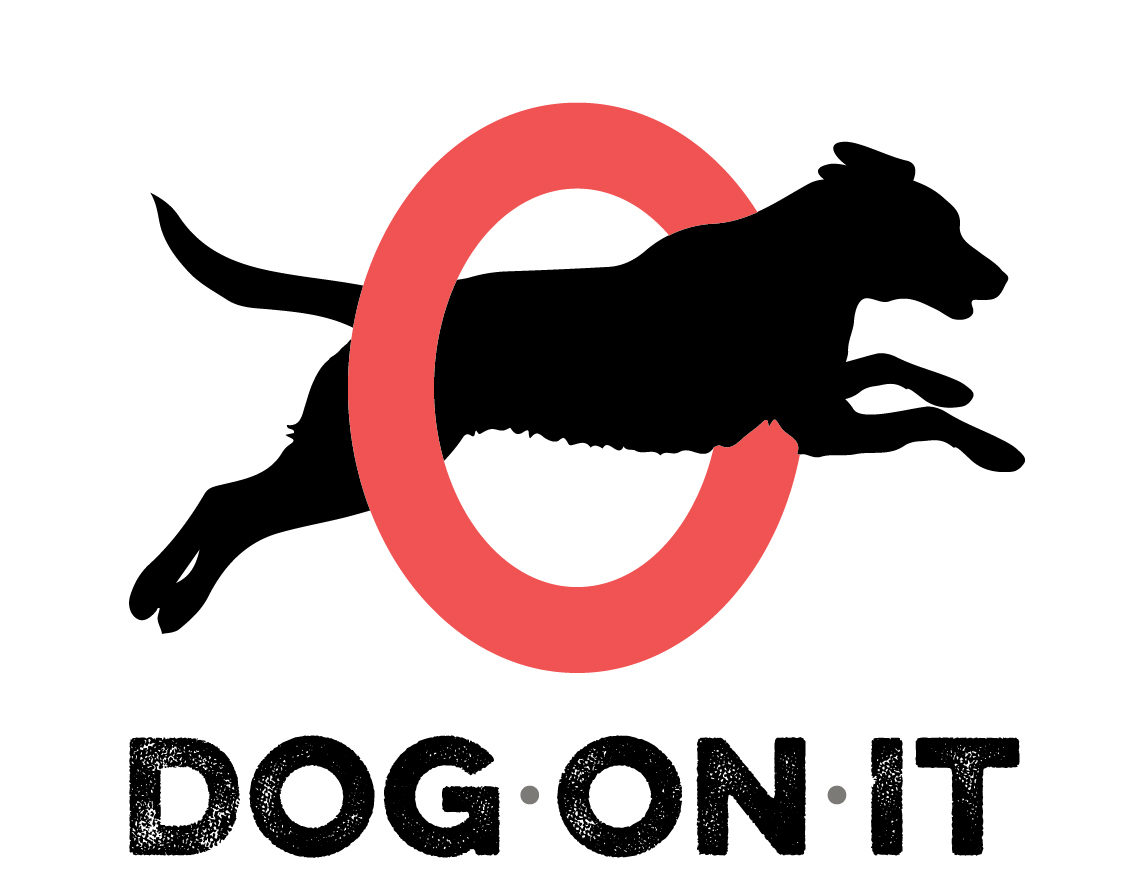15 Tips for Building a Successful Dog Park in Your Community
With the growing popularity of dog parks, community leaders are more frequently being asked to consider providing a dedicated area for people to exercise with their pets. Contrary to popular belief, dog parks are parks for people…with dogs!
Here are the 15 most common considerations to address as your community moves towards opening a very successful dog park:
1. Dog Parks Offer Big Benefits to the Community

Dog parks are multigenerational destinations for all ages and abilities, and the relatively low construction and maintenance costs help yield the greatest amount of recreation opportunities for the investment. Selling the concept to a reluctant community can be challenging, but your dog park will serve both residents and visitors to your community. Many park facilities are geared towards a narrow range of users such as ages 2 to 12 for playgrounds, or ages 12 to 35 for most ball fields. Dog parks provide outdoor exercise for the majority of park users who do not otherwise participate in organized sports/recreation, and compared to children’s playgrounds or other activities that may be dependent on “good” weather, dog parks are used year-round regardless of what Mother Nature has in mind.
Dog parks also provide a much-needed social hub. For empty nesters, millennials, and the other nearly 50% of US homeowners who have a dog, off-leash areas are a necessity. Creative programming ideas such as “Bark in the Park” fundraisers, holiday themed events, pet adoption festivals and more can all help to boost community engagement and sometimes even offset the cost of building or maintaining a dog park.
2. Community Support for Dog Parks and Volunteer Groups
Informal groups, Go Fund Me pages, and 501C-3 non-profits can help generate the interest needed to develop and support local parks. Groups must work with local agencies, instead of trying to fight them, in order to be successful. Partnering with local pet-friendly businesses such as animal hospitals, doggy daycares, or pet stores to donate labor, materials or funding creates goodwill and can help get the rest of the community on board with the idea. Volunteers can be a tremendous asset to help stretch already strained maintenance budgets. They’re able to coordinate projects such as brush clearing, spreading surfacing material, repairing fencing, keeping waste bag dispensers stocked, hosting poop clean-up parties (yes, there is such a thing!) and other smaller scale projects that help keep the dog park in good working order.
3. Choosing a Location for a Dog Park
As in real estate, a good location is key to success! A homeowner near the proposed park may be concerned about barking, loose dogs, and smells, but all of those issues can be resolved with careful planning. Trees and foliage provide a natural sound barrier and the truth is there may be some barking (particularly when excited dogs are driving up to the park), but most canines don’t bark while playing – they typically growl and/or whine. Loose dogs can be contained by appropriate fencing (more on that below), and smells can be alleviated with irrigation.
Once established, a dog park becomes a huge asset to the entire community and studies have shown they also help to increase property values. The biggest consideration with location is to avoid building dog parks adjacent to schools or playgrounds to reduce potential conflicts with children. When it comes to size, a suggested minimum area of 1/2 an acre or more is a good starting point due to how popular they become, though many smaller urban dog parks are also very successful. Because dog parks become loved and used so quickly, overcrowding can be a problem. When feasible, it makes sense to plan the park in an area that could be expanded if/when necessary and be sure to consider parking too. Dog parks see an increase in use on the weekends, so overflow parking spots, even if unpaved, are appreciated by the park users. There is also some flexibility with dog park locations that wouldn’t be a good fit for other forms of recreation. Overgrown, neglected, hilly and unmanaged areas can become great dog parks; there’s no need to excavate natural slopes or remove trees, they make the terrain that much more interesting for our canine friends.
4. Overcoming Legalities
Some communities today still have archaic ordinances forbidding pets to be off-leash in any public areas. This means the city may first need to amend local laws to allow your dog park to even exist. Instead of attempting to rewrite your community’s entire dog ordinance, consider requesting a special use permit or special exemption. This authorization may help to at least get your park established and can fast-track your community becoming more pet-friendly.
5. Professional Dog Park Design Assistance:
Consider using the talents of an experienced Dog Park Consultant (like us!) or Landscape Architecture firm. They know how to best utilize a space and will factor in considerations such as weather, access, utilities, drainage, vegetation, visibility, and parking. They are also very experienced at presenting plans to the community and public officials and can act as an important third-party advocate for the park. Make sure they have experience specifically in designing dog parks and be sure to ask lots of questions – if they aren’t able to answer them knowledgably, you should move on.
6. Fencing for Dog Parks
Good fences make good dog parks! Fences should be 4’-6’ and be absolutely escape proof; bury several inches of the fence beneath the surface to help prevent dogs from digging their way out. Chain link is a popular option as it’s affordable and readily available; if you’re considering fencing with slats, just make sure the spacing between is no more than 1-2” apart. Self-closing double gates with a 10’ x 10’ transition space are a must to reduce the possibility of dogs escaping; also consider a dedicated entrance and exit so those transition areas don’t get crowded. Help prevent aggression and fighting by providing a visual barrier between adjacent dog park sections and when possible, avoid using 90-degree angles which can prevent more submissive dogs from being cornered. For budgeting purposes, the average installed costs are about $25-$30/LF for heavy-duty chain link fencing, 6’ high, with gates and accessories. Don’t forget to include a maintenance entrance for large equipment!
7. Water Fountains and Drinking Stations

Drinking fountains are essential for the health of both dogs and people after exercising. Without fountains, users may be forced to provide bowls or buckets of standing water which are unsanitary; they can spread disease to other dogs and create mosquito havens. Ensure your pet fountains are all stainless steel to prevent rust and include add-on options such as hose bibbs for park maintenance, freeze resistant valves, ADA accessibility and custom plaques to honor park donors. Other water features such as spray fire hydrants are water efficient ways to help keep four-legged park users cool; they’re much more cost effective than expensive spray pads.
8. Designing Parks for Large and Small Dogs:
Fact: Separate large and small dog areas can help make the park experience safer for pets. Between the size and weight differences, play styles and breed characteristics, separating dogs out by weight helps keep a more even playing field. We suggest 30 pounds and under for the small dogs (think Beagles and smaller), and above 30 for the large dog area.
Dedicated areas also provide an opportunity for appropriately sized play components which encourages more use of the equipment. From a spacing perspective, we recommend a 60/40 or 70/30 split (the little guys need less room to stretch their legs!). Small dog areas can also be used to accommodate senior or shy dogs and can be a good intro for puppies new to the dog park.
9. Dog Park Agility Equipment:

Without exercise equipment for dogs, your off-leash area is like a children’s park without a playground. Choose a variety of activities like ramps, tunnels, jumps and other obstacles to accommodate different skill levels and interests. Equipment can be in its own dedicated section or integrated into the main play area. In a larger park, you can space components 10’- 15’ apart and 6’ - 10’ in smaller parks. These activities make your dog park more of an exciting destination and will increase the time users stay at the park along with how often they visit.
Because dog urine is highly corrosive, components should be manufactured with rustproof materials like heavy gauge aluminum and stainless- steel hardware. Avoid products made from brittle PVC, galvanized steel (which rusts), or lumber, and anything with step strips and/or perforations. The equipment should be mounted into the ground with concrete footers or surface mount plates and feature vandal- resistant hardware as well. For the safety of dogs and park users, immediately remove any unauthorized equipment; injuries caused by unsafe agility components that are brought into the park without permission may lead to expensive lawsuits.
10. Park Furniture and Shade Shelters
Dog parks help build strong community and social ties. To encourage conversation with other pet owners, consider placing benches next to one another. To alleviate congestion, avoid installing seating areas near park entrances. Recycled HDPE plastic furniture is a highly durable option and won’t rust, rot or degrade over time. For metal benches, make sure they have a durable powder coat to protect against rust.
Offering custom furnishings to sponsors can help offset the cost of outfitting your park. Shade shelters or gazebos are highly recommended to help shield park users from seasonal weather. Fabric shade shelters are inexpensive and may not even require a building permit (but be sure to check with your city!). However, the fabric does need to be removed seasonally in regions with heavy snow or hurricanes.
11. Dog Park Surfacing and Accessibility

Off-leash areas should have wide gates and accessible surfacing materials to allow mobility devices and strollers (be sure to check park rules regarding children). Besides paved surfaces, other materials such as synthetic dog park turf and our Woof Fiber™ (EWF) are approved by federal standards. For instance, EWF interlocks to stay in place far better than ordinary mulch/chips and helps to eliminate the mud problems that can often close a park. While grass is ideal, it can become worn out by enthusiastic canines so reinforcing high use areas with more durable surfacing options can help to maintain your existing grass. The area adjacent to the fence line is especially susceptible to damage; creating a hard surface perimeter provides a walking track and lessens maintenance as well. Irrigation systems are beneficial regardless of surfacing, and can significantly reduce smells from urine, especially in arid climates.
12. Dog Park User Control:
Since many communities restrict use to residents or to those with passes, some form of an easy-to-monitor control system can be used. Dog tags, parking passes, card swipes, electronic pay stations, and radio frequency ID (RFID) tags have all been successful to help monitor park users. When residents are required to purchase a dog park pass, the fees should only be used for dog park maintenance and improvements, instead of going into the city’s general funds.
13. Dog Park Sanitation
Pick-up stations and receptacles are critical for a clean facility. A good rule of thumb is one waste pick up station near the entrance/exit and one or more inside the park - this will of course vary depending on size. Using several small receptacles will make waste removal and maintenance much easier than large ones, particularly with dog waste - it’s heavy! When possible keep receptacles and stations in a shaded area to help reduce odors.
14. Restroom Facilities/Lighting
While dogs are not too particular about where they go, their owners will expect some sort of facilities, even if it is just a portable toilet. This becomes critical at larger destination parks. If a restroom just isn’t an option, a hand sanitizer station is an affordable solution.
Timed lighting helps to keep the park safe and extend the hours of use and can also help to prevent vandalism. Consider using the services of a specialist to avoid spill lighting into the neighborhood. If you’re looking for an eco-friendly and low maintenance lighting solution, go solar! Unlike traditional park lights that are all on the same power grid, if one solar light goes out, the others will still stay on.
15. Dog Park Signage
Good signage can be an effective user education tool, while bad signage will be completely ignored. Signs should have friendly, colorful graphics and the text should take a positive tone instead of a long list of “Don’ts”. Keep the rules brief and provide a contact phone number in the event of a maintenance issue or other problem.
Materials like fiberglass and lexan are easily cleaned of spray paint or markers since any flat surface can become a graffiti target. Look for customizable sign options that allow you to highlight the specific rules in your community.
These tips should help make your dog park more successful from concept through the grand opening.
 Est 2009: Your Dog Park Experts!
Est 2009: Your Dog Park Experts!









